What is macOS?
macOS (previously known as OS X) is the operating system developed by Apple Inc. for its Mac line of personal computers and workstations. The abbreviation "macOS" stands for "Macintosh Operating System. It was first introduced in 2001 as the successor to the classic Mac OS. Since then, it has undergone many updates and improvements to become the sophisticated and user-friendly operating system it is today.
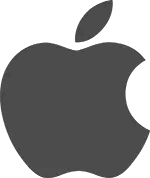
macOS is built on a Unix-based architecture and provides users with a stable, reliable, and user-friendly experience. The operating system is designed to be intuitive and easy to use, focusing on simplicity and elegance. The user interface of macOS is clean, organized, and aesthetically pleasing, making it a pleasure to use for both casual and professional users alike.
In addition to its sleek design and user-friendly interface, macOS is also known for its stability and security. With its robust security features, the operating system helps to protect users' data and privacy, making it a popular choice for individuals and organizations.
History of macOS
The history of macOS can be traced back to 2001 when Apple introduced the first version of the operating system, known as Mac OS X 10.0 "Cheetah." This initial release was a major departure from the classic Mac OS, as it was built on a Unix-based architecture and offered improved stability and security. Over the years, Apple has continued to refine and improve macOS, adding new features and functionality while maintaining its signature simplicity and elegance.
In 2012, Apple released OS X 10.8 "Mountain Lion," marking the beginning of the company's focus on integrating its other products and services. This trend continued with the release of OS X 10.9 "Mavericks" in 2013, which introduced new productivity features and improved performance.
In 2016, Apple renamed OS X to macOS and introduced macOS Sierra, adding even more features and improvements, such as Siri integration and a new universal clipboard that allows users to copy and paste between Macs and iOS devices.
Today, macOS is a powerful and user-friendly operating system that continues to evolve and improve. With each release, Apple adds new features and functionality to help users be more productive, creative, and secure.
The Architecture of macOS
The architecture of macOS is built on a Unix-based foundation and is designed to offer stability, performance, and security.
- The operating system's core comprises a set of open-source components, including the Mach kernel, the BSD Unix layer, and various other libraries and tools.
- The key feature is the use of protected memory, which isolates each running application and allocates a specific portion of memory that cannot be accessed or overwritten by other applications.
- It supports 64-bit computing, allowing the operating system to take advantage of the full capabilities of modern Mac hardware and provide users with a more responsive and efficient experience.
- It offers built-in security features, such as sandboxing, which helps to prevent malware and other malicious software from accessing the system.
- Includes powerful system-level APIs and frameworks that allow developers to create a wide range of applications, from simple utilities to complex, professional-level software.
Exploring the Features and Functionality of macOS
macOS is the operating system that powers the Apple Mac computer line. It offers users a rich set of features and functionality that provides a seamless and intuitive computing experience. This section will look closely at some key features and functionality that make macOS a standout option for users.
Desktop Interface
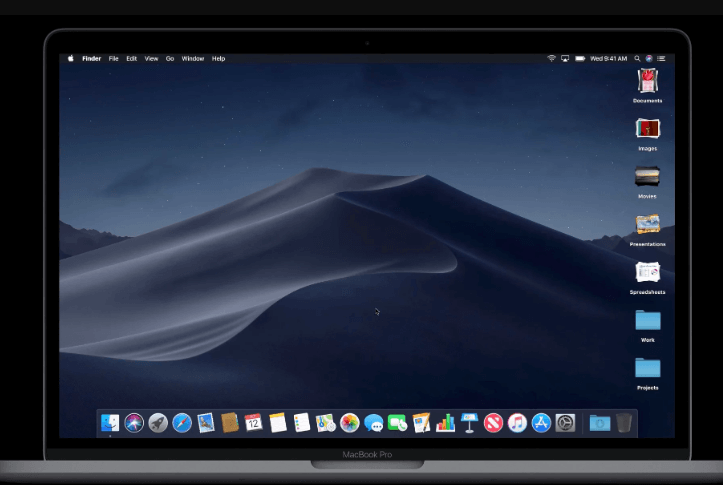
- Clean and uncluttered interface, with a focus on simplicity and ease of use
- The Dock, located at the bottom of the screen, provides quick access to frequently used applications and documents.
- The Launchpad offers a grid-like interface for easily accessing and organizing all installed applications.
Productivity and Efficiency
- Built-in apps for tasks such as email, web browsing, and productivity
- Advance1d features like Continuity, which allows users to start a task on one Apple device and continue on another
- The ability to use multiple virtual desktops to organize and separate workspaces
Integration with Apple Ecosystem
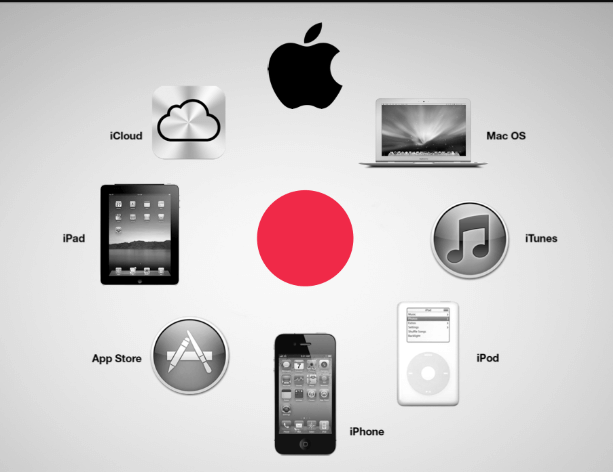
- Integration with other Apple devices, such as iPhones and iPads, through features such as AirDrop and Continuity
- Access to the App Store, which offers a large collection of high-quality, Mac-compatible apps
- Integration with Apple's cloud storage solution, iCloud, allowing users to access and sync data across all their Apple devices
Security and Privacy
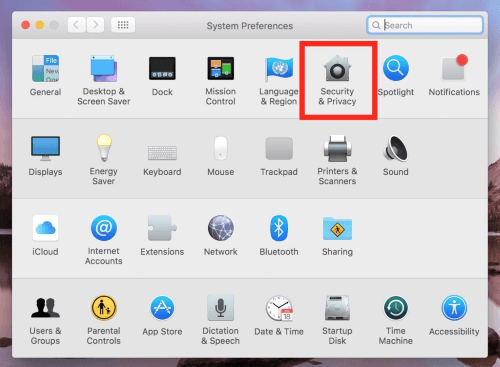
- Built-in security features, such as FileVault encryption, to protect users' data and privacy
- Regular software updates to address security vulnerabilities and improve the overall stability of the operating system.
MacOS versions
Over the years, Apple has released several versions of the operating system, each offering new features and improvements. This section will look closely at some key versions of macOS and their notable features.
- macOS Monterey: The current version of Monterey was released in October 2021. It comes with a refreshed design, new features for privacy and security, and improvements to existing apps such as FaceTime, Safari, and Photos. It also introduces a new Focus mode, which allows users to control distractions and stay productive.
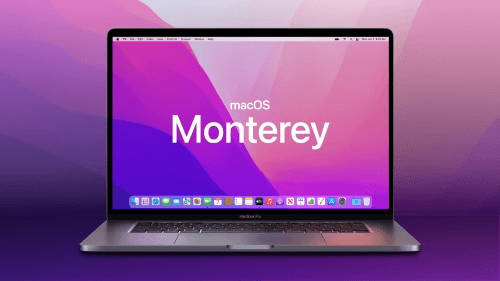
- macOS Catalina: Released in October 2019, macOS Catalina marked a significant change for the operating system, as it was the first version to drop support for 32-bit apps. This version also introduced features such as Sidecar, which allows you to use an iPad as a secondary display for your Mac, and Project Catalyst, which makes it easier for developers to port iPad apps to the Mac.
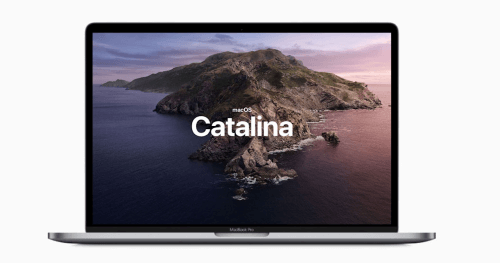
- macOS Mojave: Released in September 2018, macOS Mojave was notable for introducing a dark mode, which changes the appearance of the operating system to a darker color scheme, making it easier on the eyes for night-time use. This version also introduced new privacy features, such as stronger protection for user data and enhanced tracking prevention.
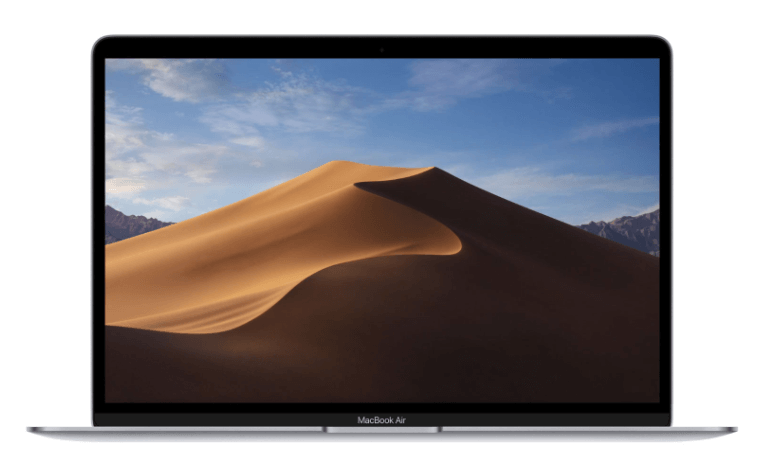
- macOS High Sierra: Released in September 2017, macOS High Sierra introduced several updates to the underlying technology of the operating system, including updates to the file system and graphics technology. This version also included improvements to the Photos app, such as new editing tools and a new version of Safari that was faster and more efficient.
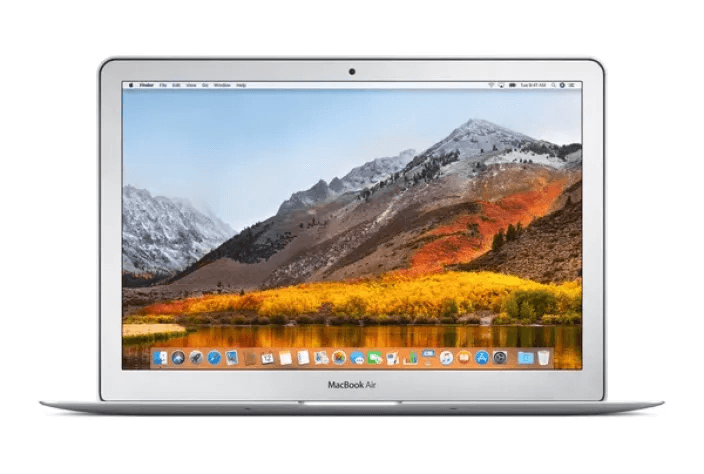
- macOS Sierra: Sierra was released in September 2016, bringing several new features and improvements to the MacOS platform. It introduced Siri to the Mac and several new productivity features like Universal Clipboard, allowing users to copy and paste between Macs and iOS devices. Sierra also improved the Photos app, adding editing tools and organization options.
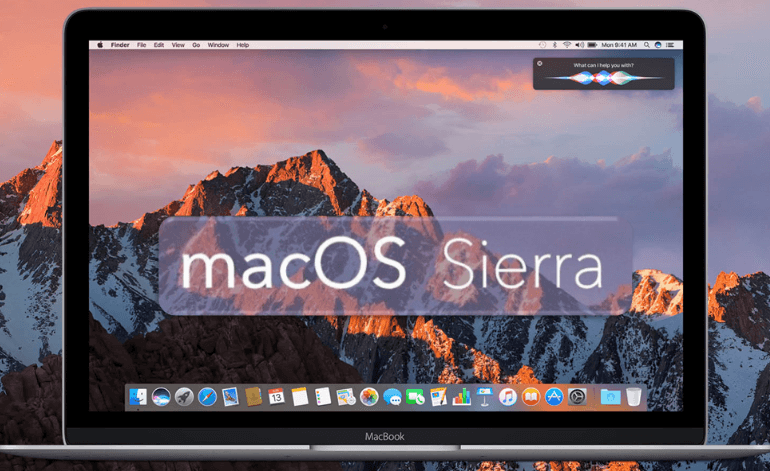
- OS X El Capitan: El Capitan was released in September 2015 and focused on refining the performance and stability of MacOS. It introduced several improvements to the built-in apps and system-level features, along with performance optimizations and bug fixes. El Capitan also introduced Split View, which allowed users to run two apps side by side, and improved support for full-screen mode.
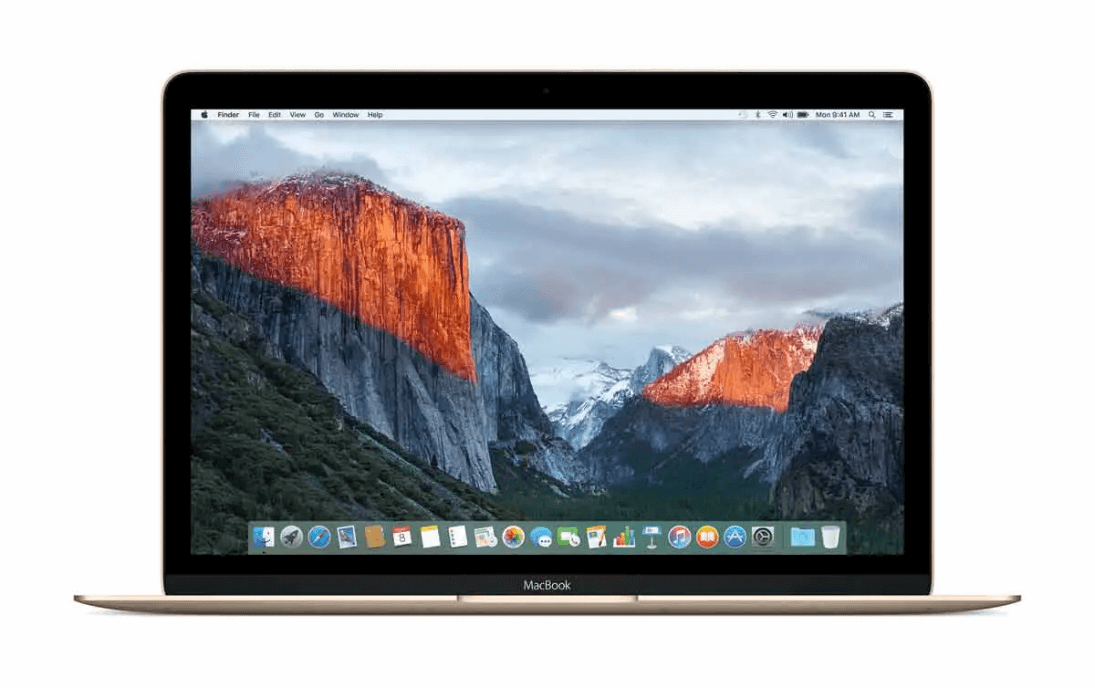
- OS X Yosemite: Yosemite was released in October 2014 and marked a significant visual overhaul of the MacOS platform. It introduced a new design aesthetic incorporating a more modern and flatter look. It brought several new features and improvements to the built-in apps and system-level features. Yosemite also introduced Continuity, which allowed users to switch between Macs and iOS devices more seamlessly.
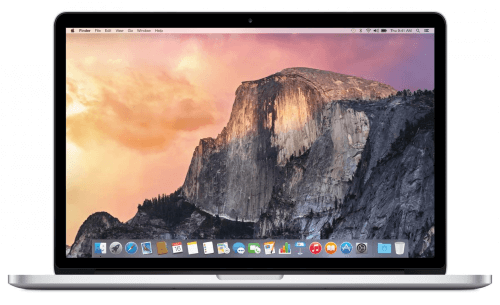
The advantages of MacOS
- Streamlined User Interface: Mac OS has an intuitive, easy interface yet still offers all the functionality you need.
- Hardware & Operating System Integration: Mac OS and the Apple hardware it runs on are designed to work together seamlessly, resulting in a smooth and consistent experience.
- Security: Mac OS is less prone to security and malware issues than other operating systems, providing peace of mind for users.
- Integration with Apple Devices: Mac OS integrates well with other Apple devices like iPhones and iPads, allowing for seamless data transfer and tasks.
- Multitasking: The multitasking feature in Mac OS allows users to switch between applications and complete tasks efficiently and easily.
- Free Productivity Applications: Mac OS comes bundled with various free productivity applications that provide value to the user.
- Good Customer Support: Mac OS users can access excellent customer support, quickly resolving any issues they may encounter.
- Consistent Graphical User Interface: Mac OS has the same graphical user interface across all its devices, making it easy to learn and use.
- Long Life: Mac OS is known for its long life, with some versions still being supported several years after their initial release.
- Good Performance: Mac OS provides good performance, with fast boot times and smooth operation even on older hardware.
- Default Apps: Mac OS comes with various default apps that provide basic user functionality, eliminating the need for additional software.
- Support for FAT & NTFS: Mac OS supports FAT and NTFS file systems, allowing users to transfer files from other devices easily.
- Ability to Run Windows: Mac OS can run Windows, allowing users to access a wider range of software and applications.
The disadvantages of Mac OS
- High Cost: Mac products are generally more expensive than similar Windows-based options, which can be a barrier for many users.
- Limited Software Availability: Mac OS supports fewer games and software applications than Windows, which can be frustrating for some users.
- Lack of Customization for Hardware: macOS offers little in the way of hardware customization options, which can be a drawback for those who prefer a more personalized setup.
- Incompatible File System: The macOS file system is not compatible with Windows, making it difficult to transfer files between the two operating systems.
- Lack of Flexibility for Upgrading Hardware: The limited options for hardware upgrades can make it difficult to upgrade or repair Mac-based systems.
- High Cost of Mac-based Products: The high cost of Apple products, including Mac computers and accessories, can burden many users.
|




 For Videos Join Our Youtube Channel: Join Now
For Videos Join Our Youtube Channel: Join Now

















